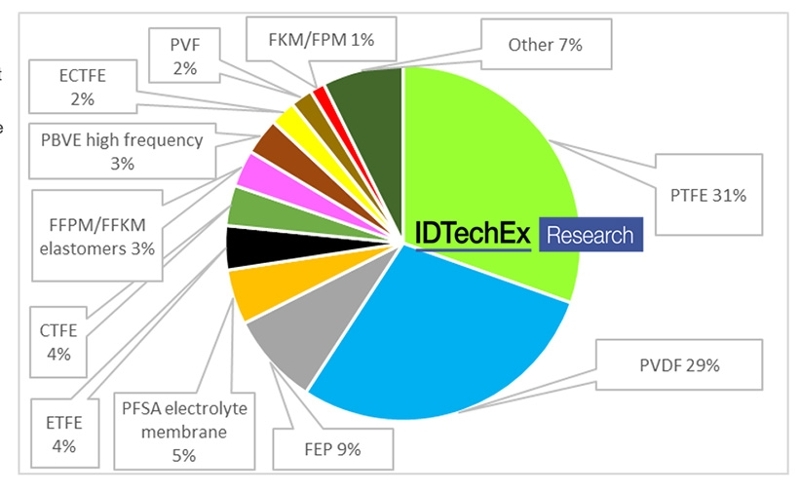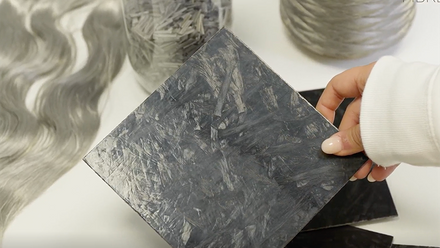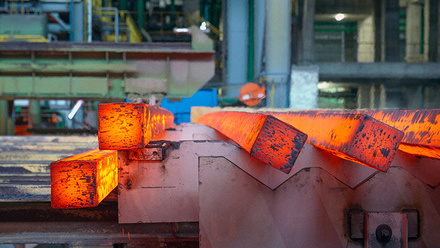Fluropolymer future?
A fluoropolymer is an organic polymer containing fluorine atoms. Fluoropolymers are typically available as liquids and solids, but new fluoroelastomers are attracting interest.

With fluoropolymers, the stability that comes from many fluorine-carbon bonds can be exhibited in many forms including formulations involving other atoms such as sulphur and chlorine that create or extend certain electrical and physical capabilities.

Fluoropolymer popularity by formulation in research and use for electronics and electrics
© IDTechExFluoropolymers may be mechanically characterised as thermosets or the more-desired thermoplastics. Fluoropolymers can be homopolymers, copolymers, tripolymers and composites. They can be crystalline or amorphous. Chemical or physical surface treatment can greatly improve some properties of interest in electronics and electrics. Here then, we have an almost infinite choice of options to tailor these stable, versatile chemicals for specific uses in electronics and electrical engineering even to the optical transition of terahertz devices and they have long been used in optics.
Fluoropolymer and other membranes will find uses in supercapacitors, batteries and fuel cells.
Fluoropolymers are specialty polymers which represent less than 4% of all macromolecules. IDTechEx Research says that in 2022, their production may be around 405 000 tonnes with PTFE still dominant but PVDF and FEP growing in share. This is largely because 2020 has seen applications in electronics and electrical engineering becoming more important. For example, they are being designed into 5G communications equipment and vehicle autonomy radar as low loss dielectrics and thermal barriers.
Also, 2020 saw the idea of 6G communications getting serious attention, with Samsung saying mass deployment for 6G smartphones may come as early as 2030. That could involve THz frequencies and a whole new field of THz electronics is opening up, needing not so much the electronics fluoropolymers as the optical options such as Cytop.
Good cop bad cop
Historically fluoropolymers have faces criticism in that they emit toxic gases if overheated through incorrect use or disposal. However, a better picture is now seen with positive properties supporting use such as non-slip qualities, no emission of volatile organic compounds, resistance to chemicals, and electricity. They, therefore, appear in more of the growing applications such as medical, electric vehicles, lithium batteries and fuel cells.
Their versatility is boosted by new deposition methods such as RF sputtering (into cracks and around corners) and 3D printing. New formulations found uses in 2020 such as glass and ceramic fibre fluoropolymer composites and biodegradable forms, and recycling improved.
More information can be found in a report from IDTechEx: Fluoropolymer Markets in Electrics, Electronics 2021-2041







